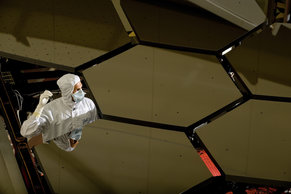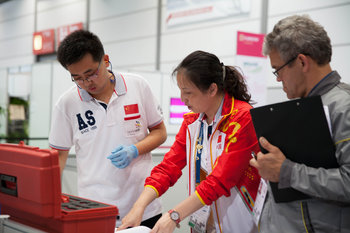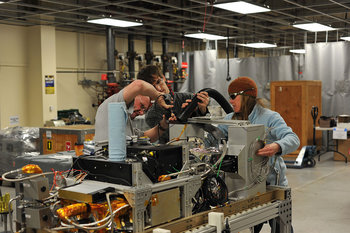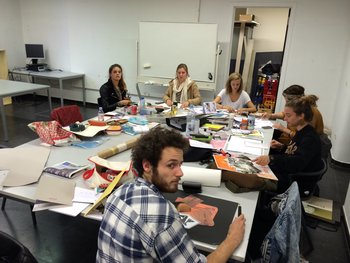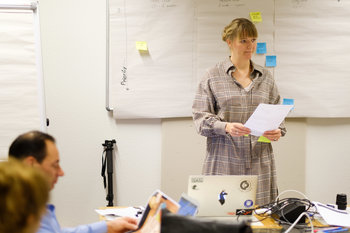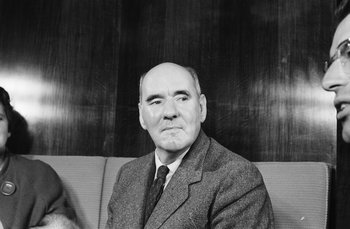
Demo
A low budget implementation of an artistic work or technical design. For example, a songwriter who records a demo of a song at home.Animation
Animation is commonly used as proof of concept for architecture, landscape design, interior design, engineering, product development and filmmaking.Art
Art such as diagrams and illustrations that visualize ideas, strategies and designs. Art may tell a story such as a thought experiment that validates the concept.Lead User
Developing a custom solution for a lead user as an exploration of product strategy.Business Experiments
Testing business concepts with market research techniques such as focus groups and ladder interviews.Proof of Technology
A test of a technical solution such as an algorithm that may have no user interface.Throwaway Prototype
A low cost implementation designed to explore the viability of a design.Evolutionary Prototype
An expensive prototype that explores cutting edge features and quality improvements. For example, a concept car developed to explore designs and features that might not be launched to market for 5 years or more.Steel Thread
A prototype that seeks to be as minimal as possible while testing the entire end-to-end design of a project. For example, a project that will implement 200 screens for a user interface implements a single screen using the requisite architecture, design, infrastructure, platforms and components.Horizontal Prototype
Building a complete user interface that doesn't do anything. For example, implementing 200 screens with static data without using the requisite architecture, design, infrastructure, platforms and components.Mockup
A prototype that looks like the end product with no functionality. For example, a scale model of a building.Minimum Viable Product
A prototype or initial product version that is good enough to put in front of customers as a trial or pilot.| Overview: Proof Of Concept | ||
Type | ||
Definition | Research that aims to validate an idea, strategy, approach or solution. | |
Related Concepts | ||


